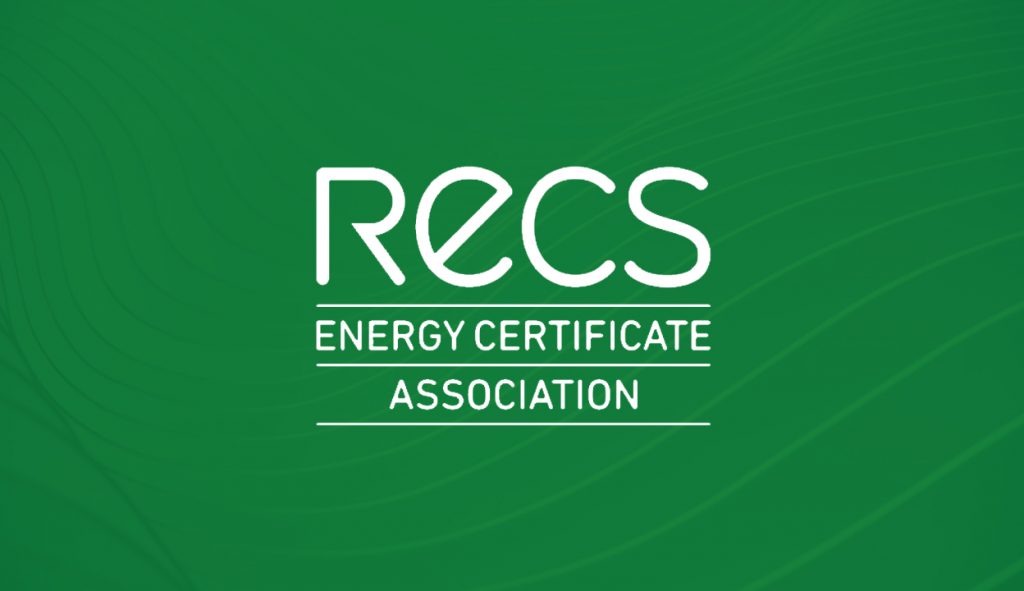RECS International, in collaboration with their partners, members and other stakeholders, has been following the developments around ISO/DIS 14067. There is currently a public consultation for which the RECS International secretariat requests that stakeholders and members take immediate action.
Please contact your local ISO representatives and encourage them to submit comments that support the market-based method in emissions calculations. Draft text for these comments can be seen below.
Please contact the secretariat (secretariat @recs.org) with any questions or concerns. Keep in mind that the deadline for comments, in some countries, will already be closed in November. Your support is appreciated.
——
DRAFT TEXT FOR COMMENTS ON ISO 14067
Scope of these comments
We limit our comments to the chapter 6.4.9.4.4. "Electricity from the grid".
Generally other aspects of the standard are inline with international best-practice and have our support.
Chapter 6.4.9.4.4: general
This chapter endorses the use of the so-called 'market based method' for the calculation of Scope 2 emissions (Scope 2 emissions = emissions related to the consumption of electricity from the grid, heat and cooling). Under the market based method, consumers are encouraged to buy renewable energy and prove this with tracking certificates fulfilling specific quality criteria.
Internationally recognized and stakeholder supported standards, such as Greenhouse Gas Protocol, and organisations such as CDP promote the use of the market based method and encourage end-users across the world to follow this methodology.
We fully support this proposal. In the fight against climate change, private actors such as companies, play an important role. It is important that energy consumers are encouraged to invest in renewable energy (see e.g. http://resource-event.eu/, http://rebuyers.org/, www.recs.org, www.recmarket.eu), it is also important that users of green energy get the opportunity to communicate about it (e.g. http://there100.org/) and it is important that consumer can reflect this consumption of green energy in the calculation of the carbon footprint of their products.
It is also important that the ISO rules are in line with this evolution and industry and stakeholder accepted standards. Many of the companies working with ISO also work with Greenhouse Gas Protocol (directly or indirectly) and/or report to CDP.
Some stakeholders regret the lack of 'additionality' under the 'market based method'. This means that they regret that consumer can claim the green attributes of renewable electricity without proving that this renewable electricity would not have been there without their purchase. We understand this concern, but don't see this as a reason to oppose the market based method. Rather the contrary is true.
– In all the time this has been discussed (2001-2015), nobody has been able to come up with a workable definition of 'additionality'.
– Under the 'location based method' there is no additionality as well.
– And under the market based approach, market players are encouraged to continuously take further steps (Chapter 11 of the Greenhouse Gas Protocol Scope 2 Guidance). This is also what is now happening in practice: different RE100 members develop different strategies to do more than purchasing renewables alone. Long-term agreements in the form of corporate PPAs are increasingly popular, and so are sustainability labels such as those from EKOenergy, Green-e and the Gold Standard which encourage extra sustainability and additionality criteria when purchasing renewable electricity.
Chapter 6.4.9.4.4: specific
In general the text of 6.4.9.4.4. is fine, however, if possible, small changes are welcome which would bring the text more inline with international standards (such as the Greenhouse Gas Protocol, CDP and RE100 among others):
· The term “contractual arrangements” could be replaced by “contractual instruments".
· We suggest to add an additional criteria for the use of a contractual instrument. It should be required that instruments are “redeemed”, “cancelled” or “retired” on behalf of the reporting entity. This action ensures the contractual instrument is only used once, in turn preventing double counting of certificates.
· The current ISO text requires that the contractual instrument is “produced within the country of consumption”. We suggest to write “produced within the market boundaries of where consumption occurs.”. This gives a bit more flexibility and ensures that regulations are inline with different international definitions of markets (which can be more limiting in places like the United States or more accommodating in places like Europe. This also inline with international best practices.
Link with discussion on ISO 14064-1
It is known from the ISO Meeting in Zhuhai, China, in October 2017, has decided/proposed to incorporate the text from chapter 6.4.9.4.4. of DIS 14067 into ISO 14064-1 to ensure greater consistency with the international, stakeholder standards (primarily the Greenhouse Gas Protocol)
We support the incorporation of the text of Chapter 6.4.9.4.4 into ISO 14064-1.
We also support all changes to increase the consistency with the Greenhouse Gas Protocol Scope 2 Guidance.

